Tinted windows are popular for various reasons. Many drivers believe that tinted windows improve the look of their vehicles. Other motorists have more practical reasons, like reducing glare or eyestrain. However, there are far more serious issues to consider before adding after-market tinting to a vehicle’s windows. The most important of which is that tinted windows have been linked to car accidents. In the wake of a serious accident, tinted windows can become a persuasive factor in determining which driver is deemed liable.
Why Do Motorists Get Tinted Windows?
In many cases, the decision to get tinted windows is a matter of personal style. Some people simply like the look. In other cases, the reason behind the decision is more pragmatic. For example, tinted windows provide some privacy and alleviate the effects of harsh sunlight. In the summer, tinting can alleviate the heat in a car. At all times of the year, it can shield a driver from sun glare or light reflecting off driving surfaces. In winter, tinted windows can help with the harsh shine from the accumulation of snow on the roads or in roadside banks.
Window tinting is said to alleviate eyestrain and tension headaches that may cause driver fatigue. Tinting is also helpful in preventing sun exposure that may lead to skin cancer.
What are the Dangers of Tinted Windows?
A vehicle with tinted windows can cause visibility issues for the driver, especially at night. While the reduction of daytime sun glare seems useful, in low light, tinted windows may be as dangerous as wearing sunglasses at night.
Danger also exists on the other side of the glass. Drivers who cannot see past the tint might not be able to make eye contact. The same is true for pedestrians and cyclists who must assess whether or not a driver sees them in order to safely proceed. This is also a serious issue for law enforcement, who may need to see into a vehicle to determine if there is a threat inside. In many areas, this uncertainty has led to laws making after-market window tinting illegal.
Are Tinted Windows Illegal?
Federal law regulates tinting on vehicle windows during manufacturing. These laws establish that auto companies must ensure that 70 percent of visible light be penetrable through the vehicle’s windshield. The side front windows must allow at least 27 percent of visible light into the vehicle. A higher degree of tinting is allowable on back side windows and the rear panel window. The tint to be used must not increase the window’s reflectiveness; any glare bouncing off the window could potentially affect other drivers.
After-market tinting is readily available and not regulated. In areas where heavy tinting is illegal, the car owner would be given a ticket that involves a fine and a promise to remove the tint. If tinted windows are the cause of an accident, the costs could be immense. The at-fault driver might even be held liable for damages.
Media Car Accident Lawyers at the Law Office of Deborah M. Truscello Protect the Rights of Those Injured by Negligent Drivers
If you were injured by a driver in a car that had tinted windows, you may be able to claim damages. The Media car accident lawyers at the Law Office of Deborah M. Truscello can help you hold the at-fault party responsible for your damages. Call us at (610) 892-4940 or contact us online to schedule a free consultation. Located in Media, Pennsylvania, we serve clients throughout Bucks County, Chester County, Delaware County, Lancaster, Montgomery County, Norristown, Philadelphia, Reading, and West Chester.


